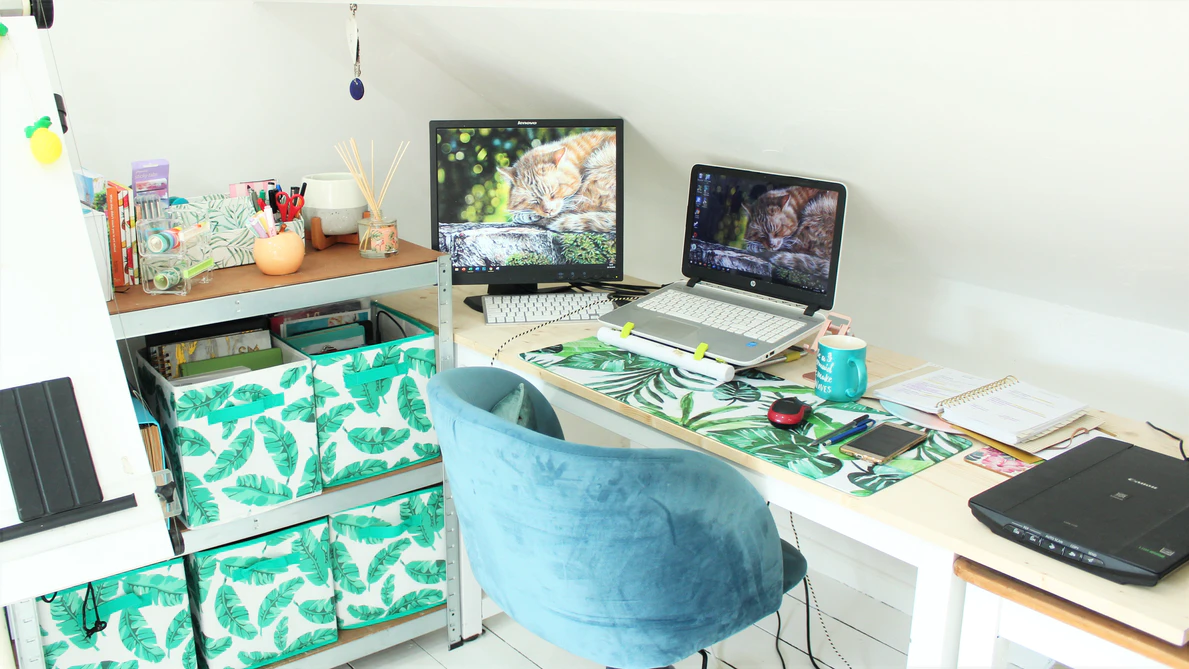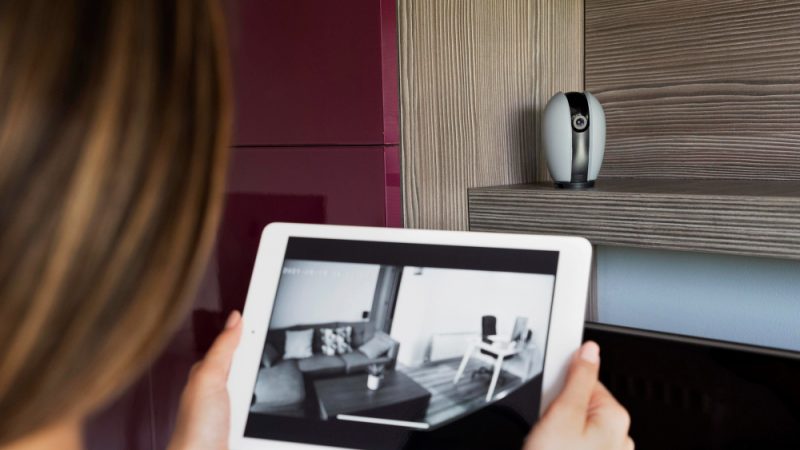How To Digitize Photos and Negative Film With a Scanner

All those photos and negative films make it hard to keep things tidy. Fortunately, we now have access to cutting-edge scanners, such as a photo scanner with a feeder. Thanks to scanners, we can quickly digitize photos and negative films and store them on a thumb drive or even on the cloud.
On the other hand, not that many people are skilled when it comes to using scanners. Even those that have some experience don’t know how to digitize photos and negatives properly. Below, you can find everything you need to know to digitize your entire photo collection.
Organize Prints, Negatives, & Slides
Every successful scanning operation starts with a good organization. Fortunately, there are not many things here to organize aside from the materials for the scanning. To make everything more manageable, you should separate prints, negatives, and slides.
Prints refer to all your photos. Don’t worry if some of them faded. After the scan, you will be able to bring back the color. Make sure that there is no dust on them. If you encounter some stains, carefully remove them before scanning.
Negatives are usually placed in plastic or metallic sleeves. Don’t take them out before scanning if you don’t have to. Finally, there are slides, which are the same size as negatives, but they showcase normal colors, unlike negatives.
Sort Out the Equipment for Scanning
If we were talking about digitizing photos only, then the scanner you have would probably be more than enough to get the job done. But since you want to digitize your negatives, you will have to get the right scanner for the job.
Most of the scanners commonly found in households and companies can’t scan negatives and slides. If you want to digitize your collection effortlessly, you will need a scanner with a transparency module. Make sure to inspect scanner specifications before investing in it.
The scanner should clearly highlight the transparency module feature and the software that comes with it. There is one more important thing to pay attention to – the negatives holder. Some scanners only feature holders for the default 35 mm negatives. But there are larger film formats out there, including 120, 4×5, 5×7, 620, and 110 films. If you have any of these films in your hands, you will need a scanner with an appropriate holder.
The Essential Equipment You’ll Need
While the scanner that can scan negatives and slides is vital for digitization, you will need a few extra pieces of equipment. Don’t worry; we are not talking about anything fancy or expensive here. You will need a pair of gloves, canned air, and a solution for cleaning films.
Gloves are essential when handling a scanner, prints, and negatives because they prevent you from leaving your fingertips. While these can be removed in post-processing, it still requires a ton of time to do it. Use canned air to remove the dust and a cleaning solution to remove any stains from the films.
The Emulsion Side Up for Negatives and Slides
Negatives and slides have two sides. One side is matte, while the other is glossy. The glossy side is professionally called the film base, and the matte side is the emulsion side. To get good scans, you will need to put the emulsion side up and the film base down.
Remember that you need to do it for every negative. Once you’ve figured out the sides, take the negative and place it in the holder. The same applies to slides as they also have film and emulsion sides.
The final step is to close the lid of your scanner, hit that “Preview” button, choose the DPI setting (3200 DPI is the most optimal), and you are ready to scan it.
Place Holders Properly
Before you can start, you need to place photos and negatives in your scanner properly. Scanning photos is as easy as scanning any other document. To make it easier, you should put the prints into categories based on their size. If you do it, you will be able to scan prints in batches using the same settings in the scanner software.
However, with negatives, you will have to use holders. Choose the right holder for the size of your film. There is a letter on the edge of the holder. You will have to match this letter with the letter on the edge of the scanner. It should slide in easily. If it doesn’t budge, check if you have matched the letters correctly and give it another try.
Once you digitize your photos and negative films, you can easily share them, send them out for printing, or edit them in post-processing tools. As you can see, using holders and placing negatives and slides is not overly complicated with the right type of scanner.






